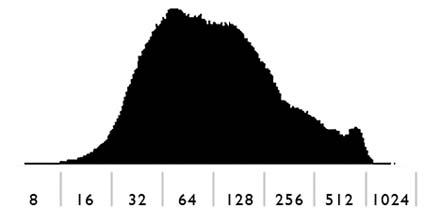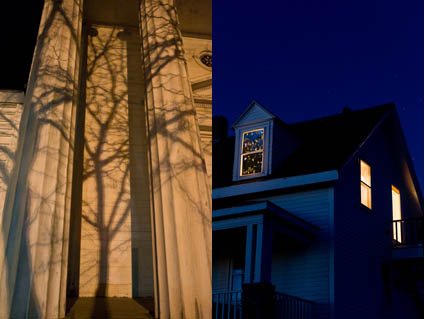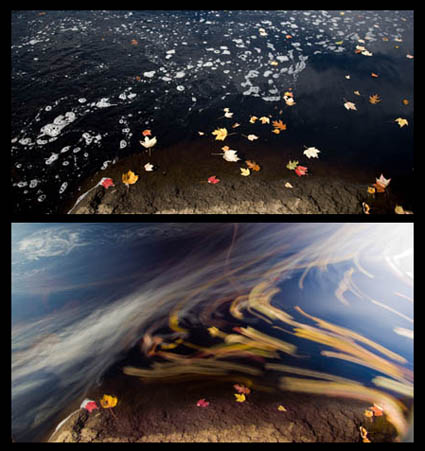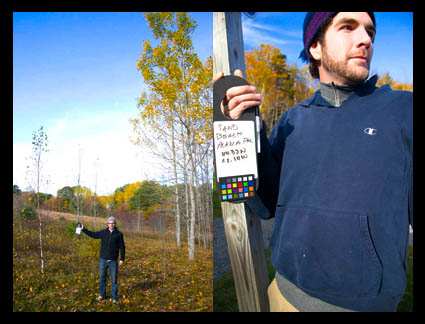Digital Exposure

The histogram on the back of your camera is generated by a processed JPEG version of your Raw files. Your Raw files are unprocessed / uncooked, high resolution, uncompressed, wide-gamut, 12-14 bit, and so have more information in them, particularly in the highlights. This means the histogram can be misleading. What looks good is usually underexposed. Weight your histograms high. How high? At what point do highlights clip? It’s uncertain. Practically, it depends on the scene; higher if the scene doesn’t contain delicate highlight detail; less high if it does. To be safe, bracket, one slightly high and one very high. You can even program your DSLR to do this automatically for you. Here are four histograms.
–
1 Underexposed
2 A good exposure
3 A better exposure
4 Overexposed
Learn this and other techniques in my workshops.





